Breast cancer: beyond the ribbon
A look at the science behind breast cancer.
Martha Mulligan
Two Mounties stroll to class during Pink Week. Over the course of the week students get to wear increasing numbers of pink accessories culminating in a pink themed dress down day.
October 28, 2022
Each year in the United States, about 264,000 women are diagnosed with breast cancer. October is wrapped in signature pink ribbons, but what really is breast cancer.
Besides skin cancer, breast cancer is the most common cancer in women in the United States. Breast cancer is a type of cancer that attacks the cells of a person’s breasts, causing the cells to grow and potentially spread through the body by blood vessels.
Although there are several variations that people should be cautious of, the two main types of breast cancer are Invasive Ductal Carcinoma and Invasive Lobular Carcinoma. Carcinoma is the cancer cells that grow in the inner or outer layers of a body. The main differences between invasive ductal and invasive lobular carcinomas are where the cancer cells begin and how these cancers are diagnosed.
As women, we are told to be on the lookout for unusual lumps and to get mammograms—an x-ray of the breast—every so often, however, Invasive Lobular Carcinoma is an exception to those rules.
Invasive lobular carcinoma, or ILC, is the second most common form of breast cancer, and yet it can easily be left undiagnosed. On a mammogram, ILC may appear as a distortion or even a “shadow,” rather than an easy to spot tumor. Due to this, doctors recommend that concerned patients receive a magnetic resonance imaging (MRI), an ultrasound, or a breast needle biopsy.
There are numerous ways to treat breast cancer, from surgeries to therapies. Common surgeries to treat breast cancer include mastectomies, which is when the entire breast is removed if the cancer is too large, and breast-conserving surgery, which is when the tumor itself is removed.
To lower the chance of the cancer returning, some patients receive radiation therapy following their surgery. Radiation therapy destroys lasting cancer cells using high-energy rays. Surgeries and radiation focus on treating just the breast cancer tumors.
If the cancer cells spread to other parts of the body or to prevent the tumors from returning, therapies, such as chemotherapy and immunotherapy, are alternative options.
The most common cancer treatment is chemotherapy which uses medicines to directly target the cancer cells. Similarly, immunotherapy uses medicines to attack cancer cells. However, immunotherapy works to improve a person’s immune system so that the cancer cells are not able to grow.
There are over 4 million breast cancer survivors in the United States alone. As of October 2022, the survival rate for stage I patients is 98-100%.
Although the survival rates have drastically improved throughout the decades, breast cancer is still a serious threat to people everywhere, and awareness and research are just as important as ever. Especially as women, it is of utmost importance to spread breast cancer awareness to those around us, while also being cautious of our own health.
Next time you tie a pink ribbon on your uniform during Pink Week or hear about a fundraiser dedicated to a research program, take that as a reminder to stay updated on breast cancer.

For further information about breast cancer:
https://www.cancer.org/cancer/breast-cancer.html
https://www.cancer.gov/types/breast

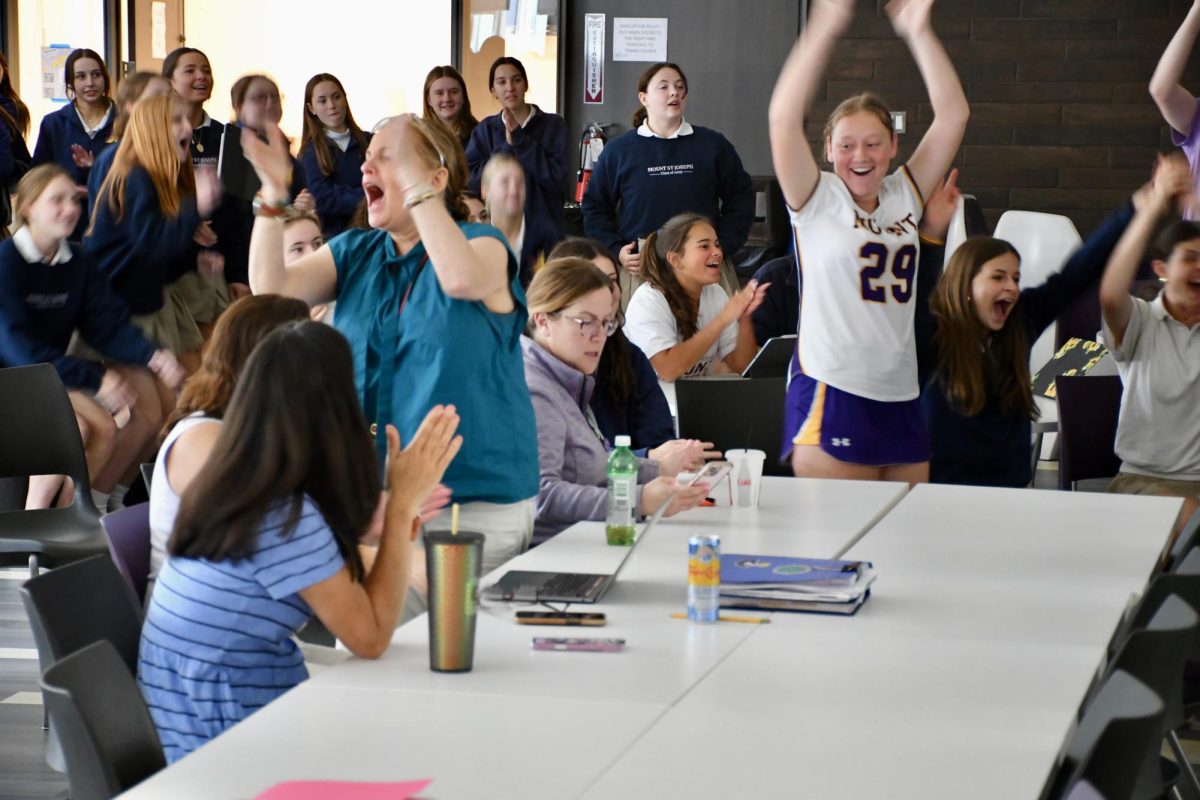

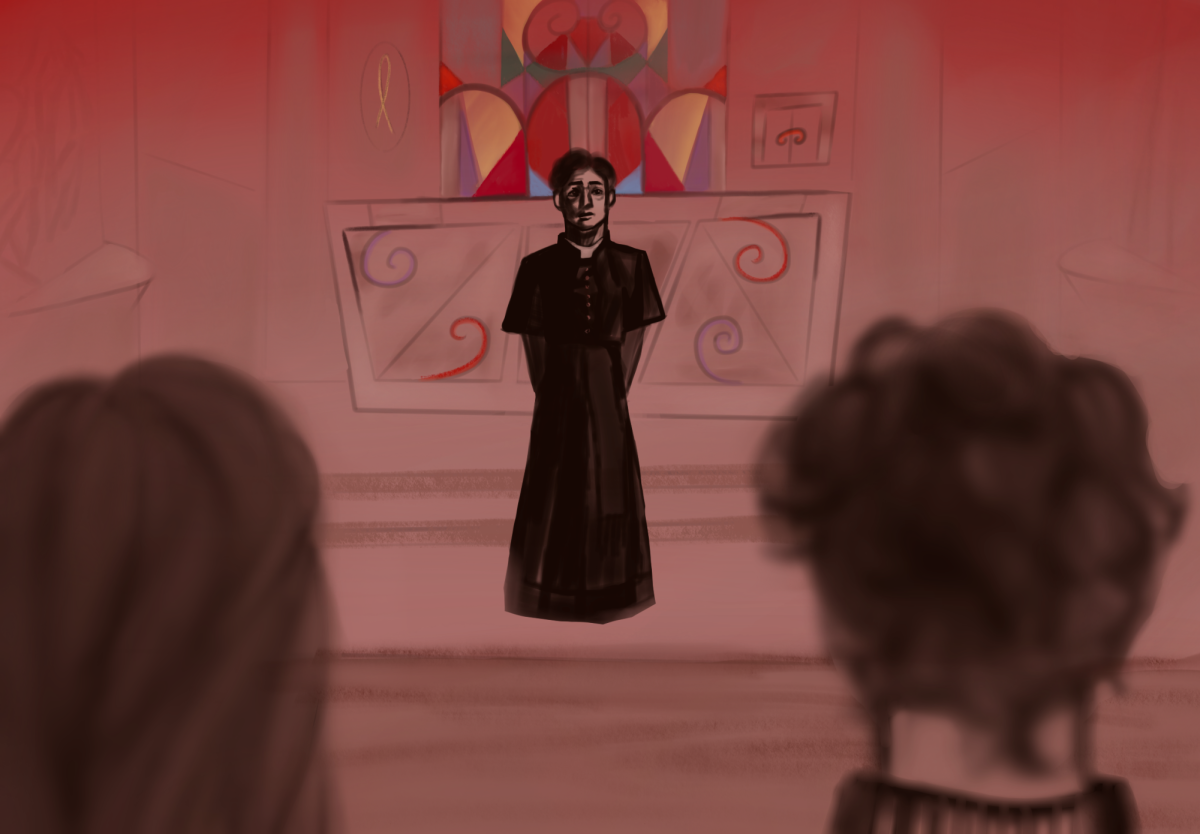




























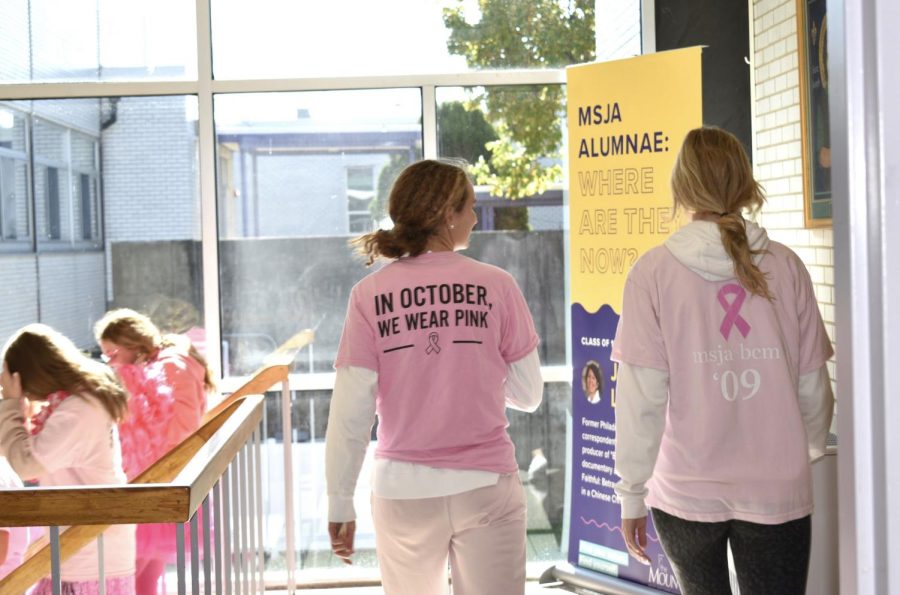



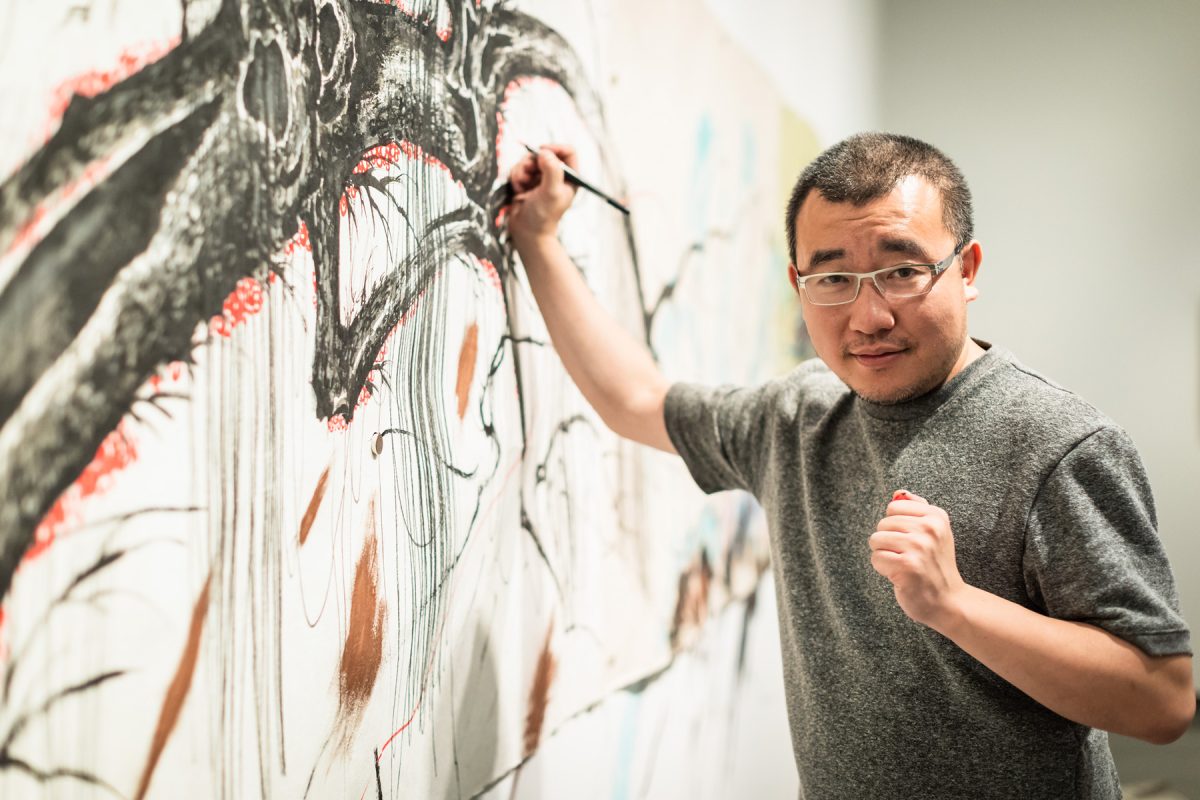

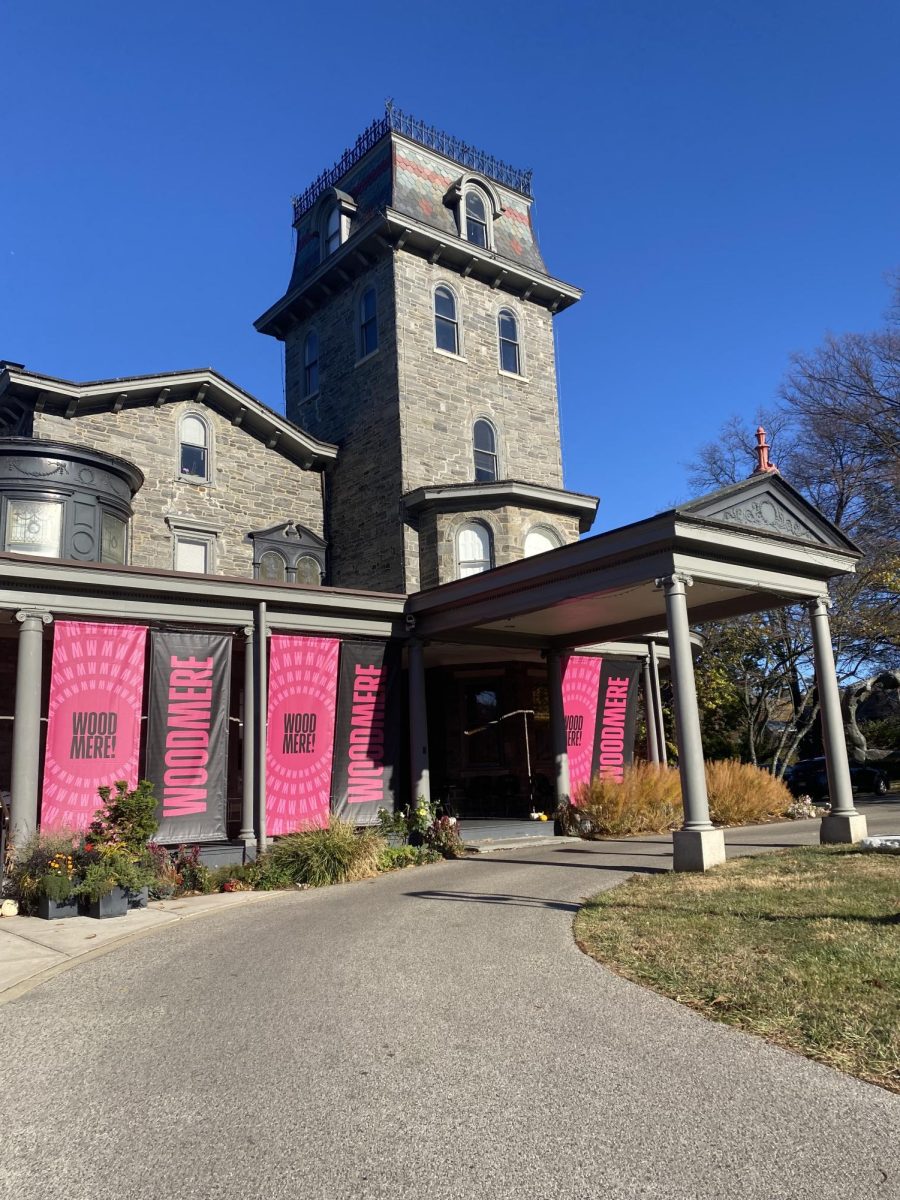



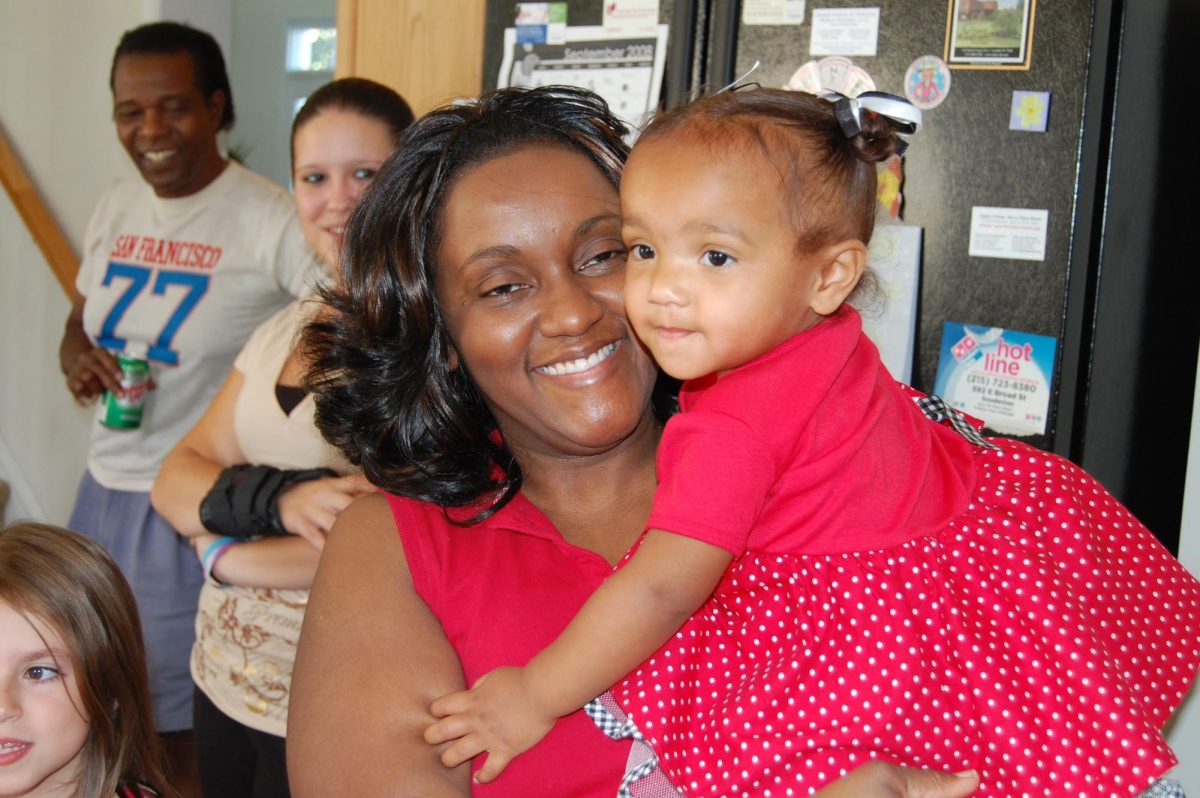









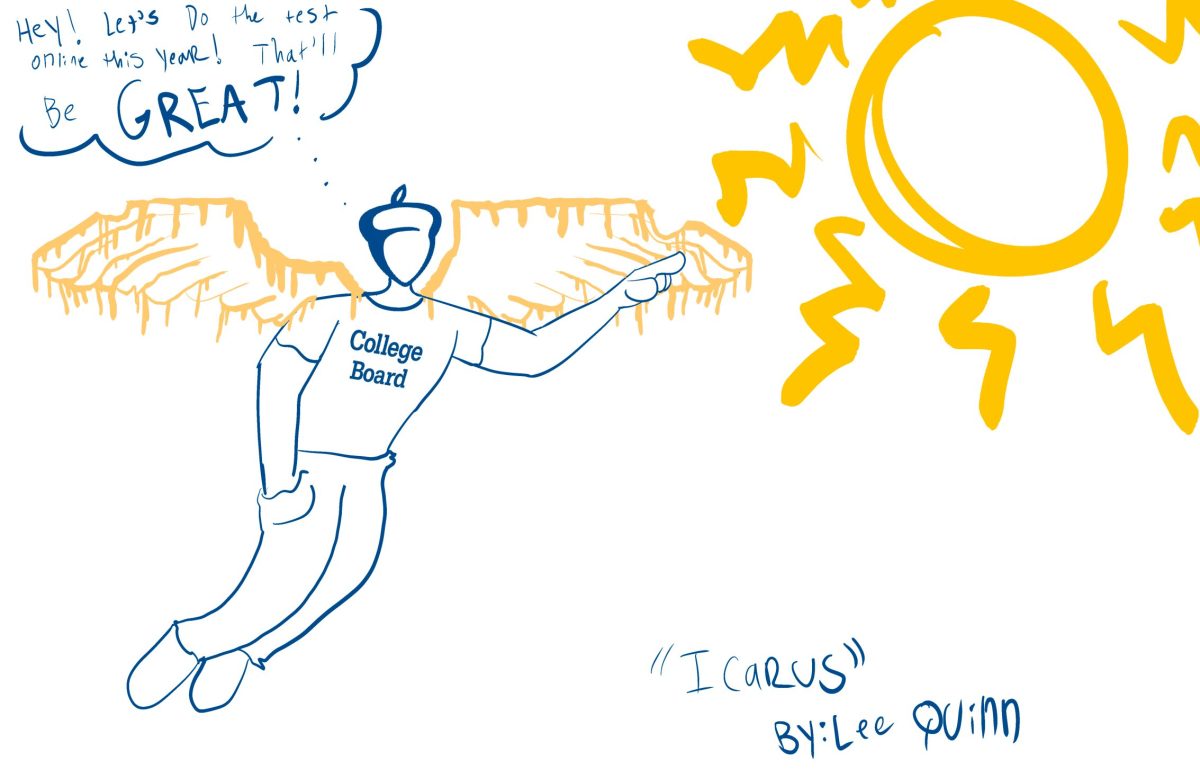




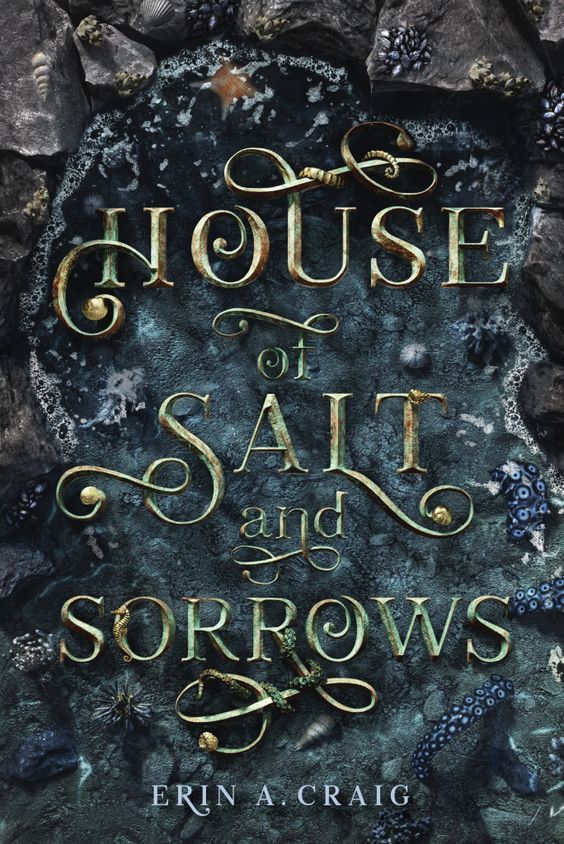


adviser • Nov 16, 2022 at 6:55 pm
Excellent research, Gianna 🙂